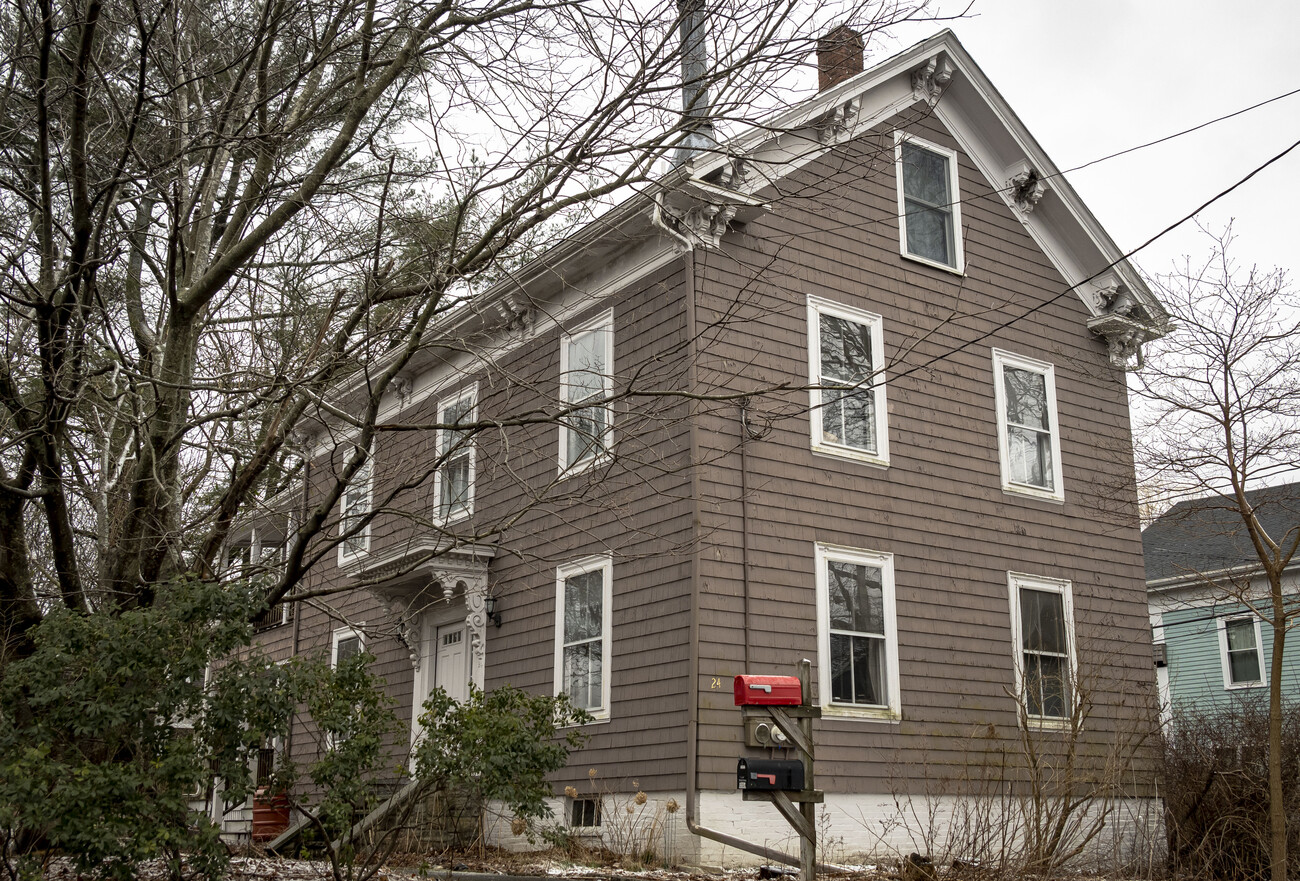As you all likely know, February is Black History Month. You probably have also noticed that much of the history in these Historic Buildings of the Week fails to include that of Black people in Marblehead.
But this is not because Black people did not exist in Marblehead, nor does it mean that Black people did not participate in the same history-making as any other Marbleheader. Take, for example, the numerous African Americans who were involved in the American Revolution: Crispus Attucks, the first victim of the Boston Massacre; Caesar Ferrit, who fought in the Revolution; Cato Smith, who died fighting in the Revolutionary War; and many more.
But the Revolution was not the only fight that Black Americans had to win. The right to equal homeownership opportunities for Black people in the United States was one of these. From racially based exemptions in deeds to redlining, from banks refusing to provide home loans for Black Americans to the preventable failure of the Freedman’s Saving Bank, numerous obstacles stood in the way of Black Americans buying homes.
Despite the obstacles, however, there were some who managed the improbable.
Alfred Irvin (sometimes spelled Irving), according to various United States census data, was a Black or mixed-race man born in Nova Scotia who later moved to Marblehead. In the 1860 census, he is listed as a “free inhabitant” of Marblehead and employed as a farmer.
According to a deed index, Irvin purchased land from John H. Gregory in January 1862. Research done by the Massachusetts Cultural Resource Information System (MACRIS) states that this land was part of a tract called Gregory’s Pasture Lot and stretched between the crest of Reed’s Hill and Frederick Robinson’s Farm.”
In the 1865 census, Irvin’s profession was listed as “milk dealer.” In November 1867, Irvin purchased more of the land in the area, which abutted the land he already owned, through a man named Benjamin V. Bessom.
The 1872 Beers Atlas of Essex Country plate 123 shows a property in the area labeled “A. Irving” on an unnamed street. It is likely that property is now 24 Abbot St. given its proximity to other landmarks on contemporary and modern maps and atlases. Thus, the building was likely built sometime in the 10 years between 1862 and 1872.
There is not much more information easily accessible about Irvin than what I have already shared – farmer and milk dealer, a Black or mixed-race man from Nova Scotia, and an approximate birth year between 1829 and 1832 based on the fact that he was listed as 28 during the 1860 census but 36 during the 1865 census.
But what we do know is that, despite everything standing in his way and all the odds against him, Alfred Irvin was a landowner. In a country where at the time non-white people were often not considered human, Alfred Irvin carved out a place for himself and got his name written in the history books — literally.

